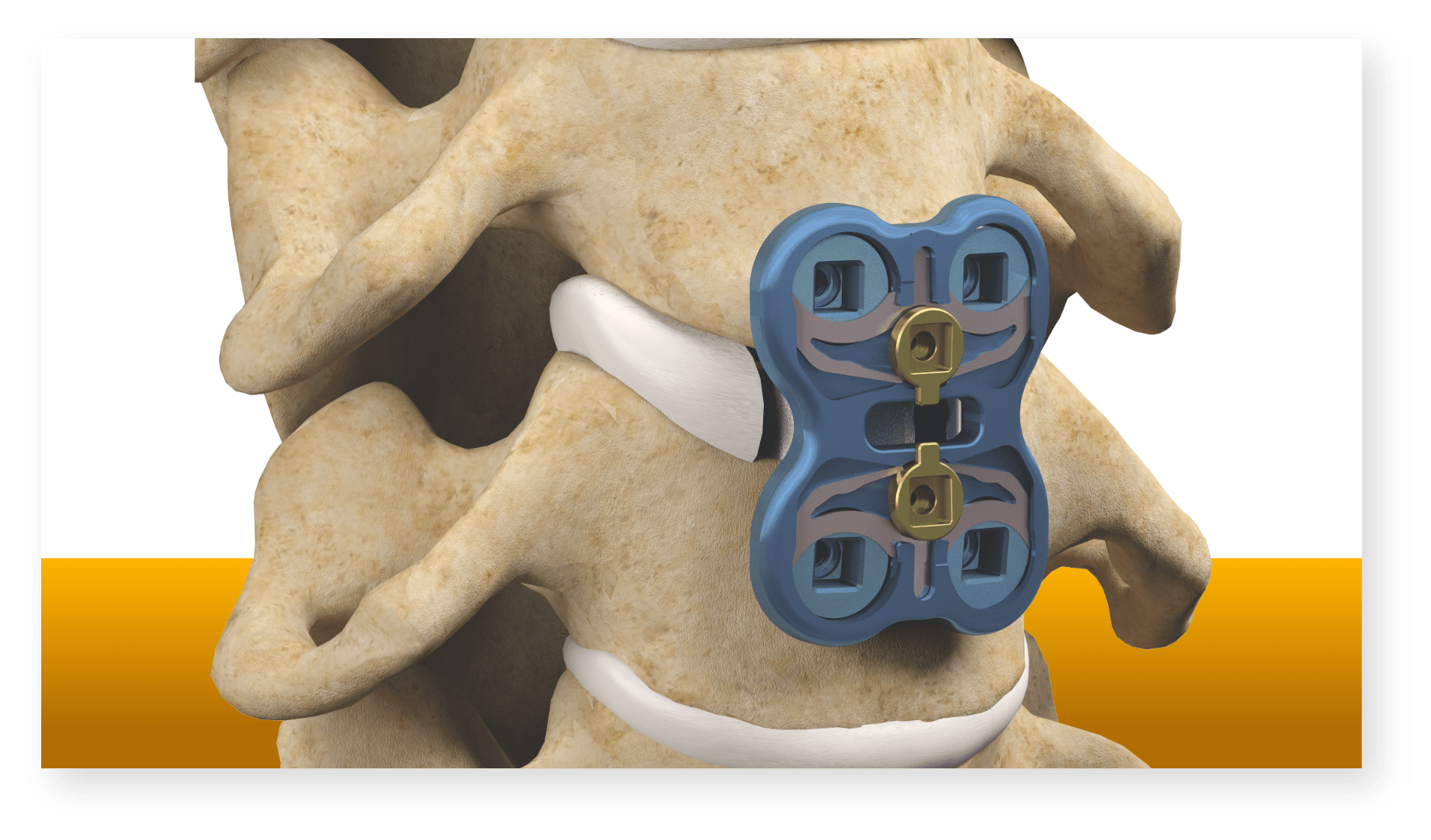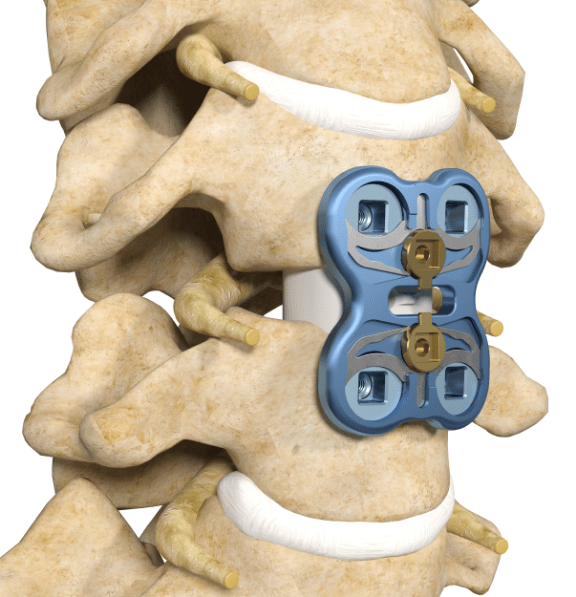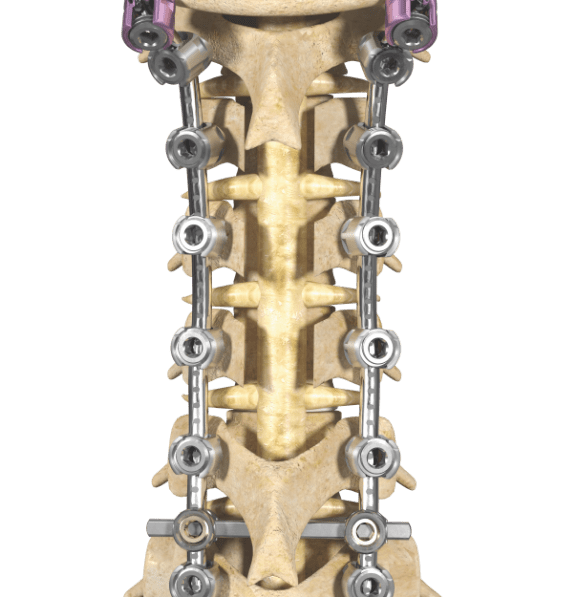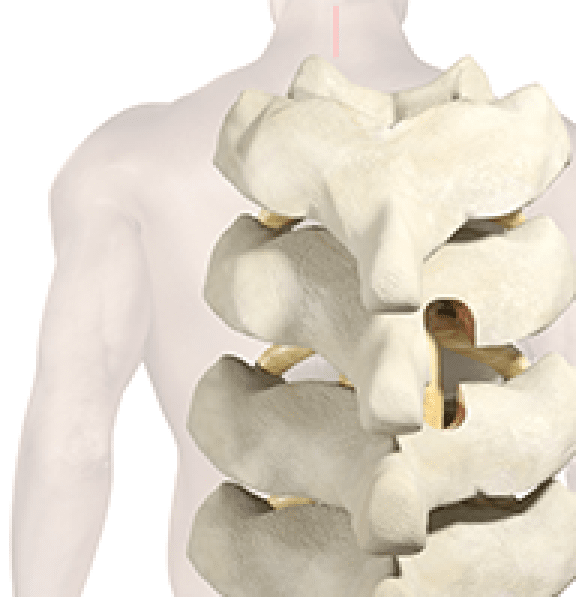IMPORTANT INFORMATION ABOUT SPINE SURGERY
Some of the images on this website depict VB Spine's products. Please speak to your doctor if you have questions about these products or anything else in this website.
The information presented is for educational purposes only. Stryker is not dispensing medical advice. Please speak to your doctor to decide if spinal surgery is right for you. Only your doctor can make the medical judgment regarding which products and treatments are right for your own individual condition.
As with any surgery, spinal surgery carries certain risks. Your surgeon will explain all the possible complications of the surgery, as well as side effects. Each spinal surgery patient will experience a different post-operative activity level, depending on his/her own individual clinical factors. Your doctor will help counsel about how to best maintain your activities in order to recover properly from your surgery. Such activities include not engaging in high-impact activities that could de-stabilize any instrumentation that may have been implanted.
Stryker Corporation or its divisions or other corporate affiliated entities own, use or have applied for the following trademarks or service marks: Stryker. All other trademarks are trademarks of their respective owners or holders.
Ask your doctor if spine surgery is right for you.




